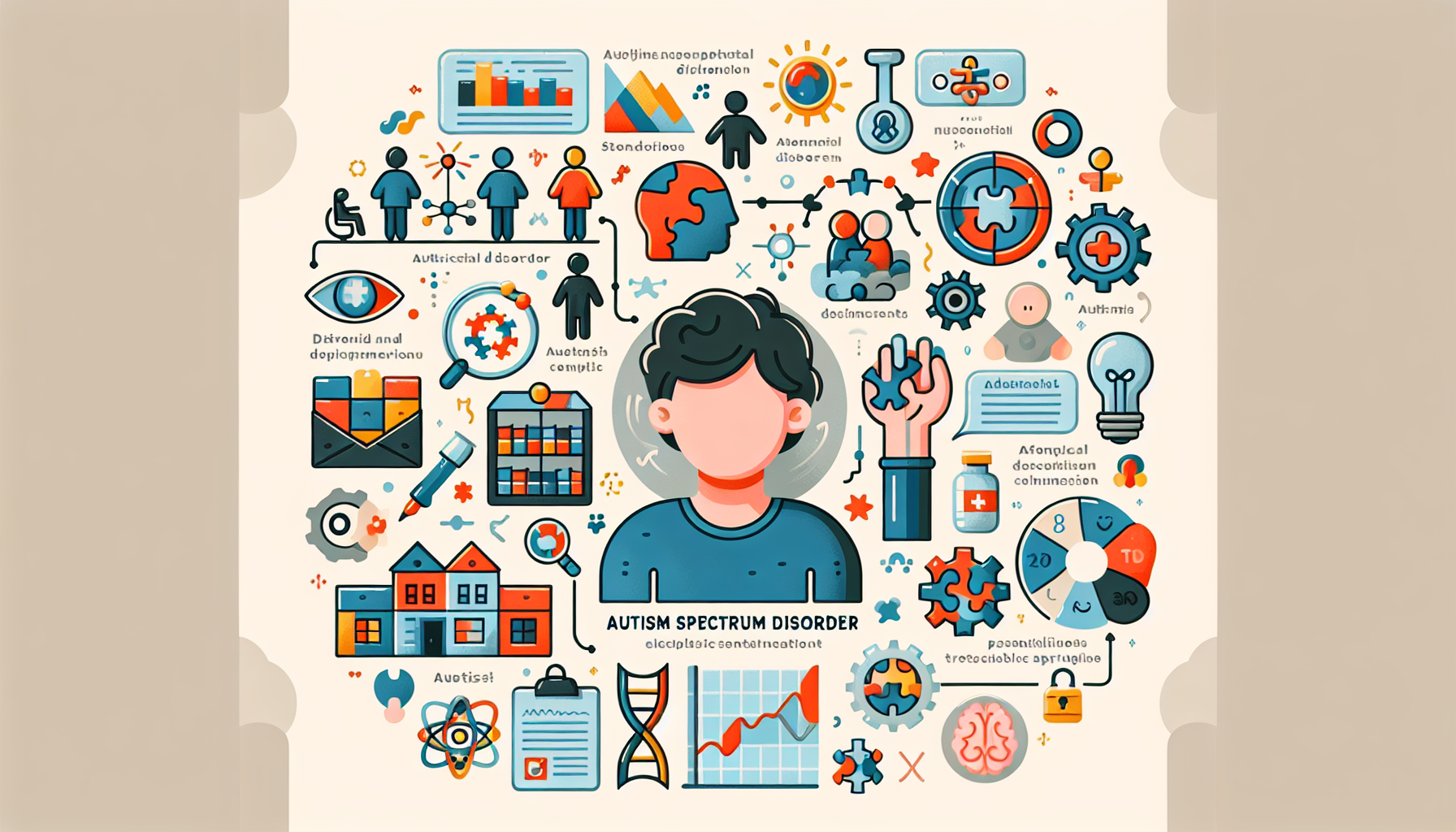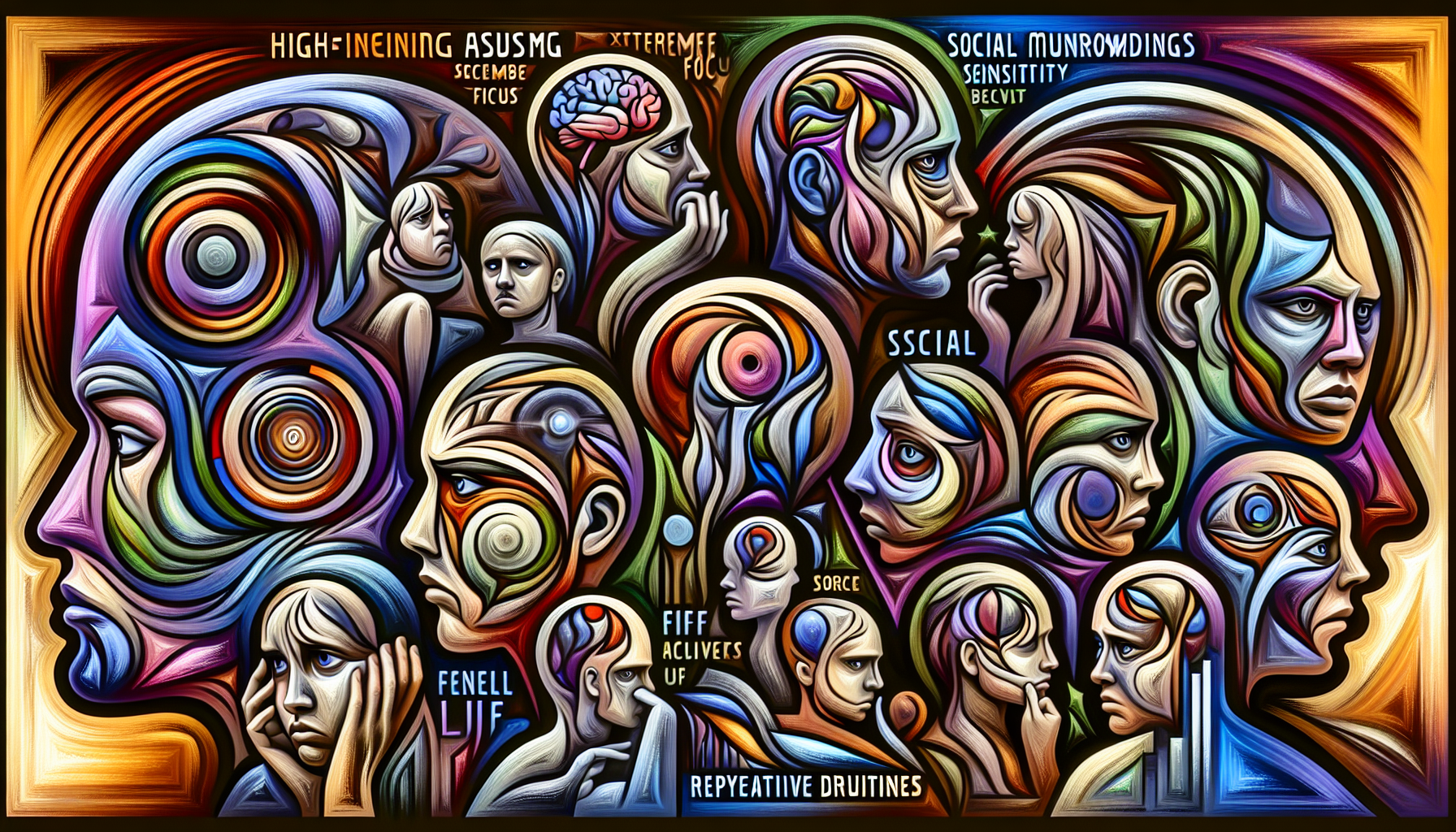Measuring Progress in ABA Therapy
Learn essential steps for measuring progress in ABA therapy to support your child's growth and development.

Understanding ABA Therapy Assessments
ABA therapy assessments are crucial in measuring progress in ABA therapy. They help identify specific skills, behaviors, and areas needing support for individuals with autism.
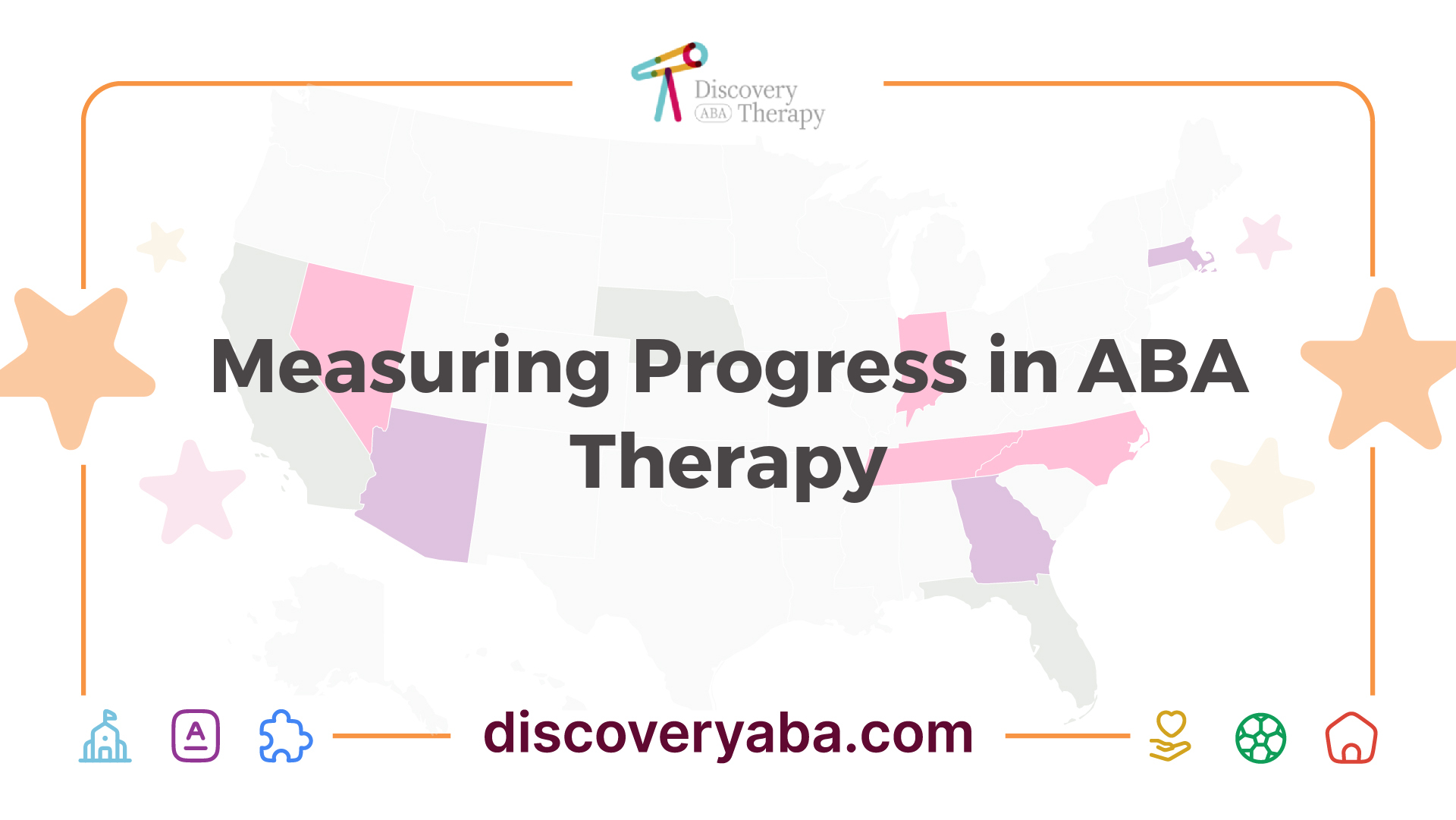
Types of ABA Assessments
There are various types of ABA assessments that professionals utilize to gain insight into a person's capabilities and challenges. Some of the most common assessments include:
Assessment TypeFocus AreasFunctional Behavior AssessmentBehavior purpose and contextVB-MAPPLanguage, learning, social skillsABLLS-RBasic linguistic and functional skillsPEAKLanguage and cognition skills
Purpose of ABA Assessments
The primary purpose of ABA assessments is to provide a comprehensive understanding of an individual's behaviors and skills. They serve multiple goals:
For parents and caregivers, understanding ABA assessments is essential in navigating the therapeutic journey and contributing to their loved one's developmental progress. For additional resources, check out our guides on aba for school-age children with autism and aba for co-occurring conditions in autism.
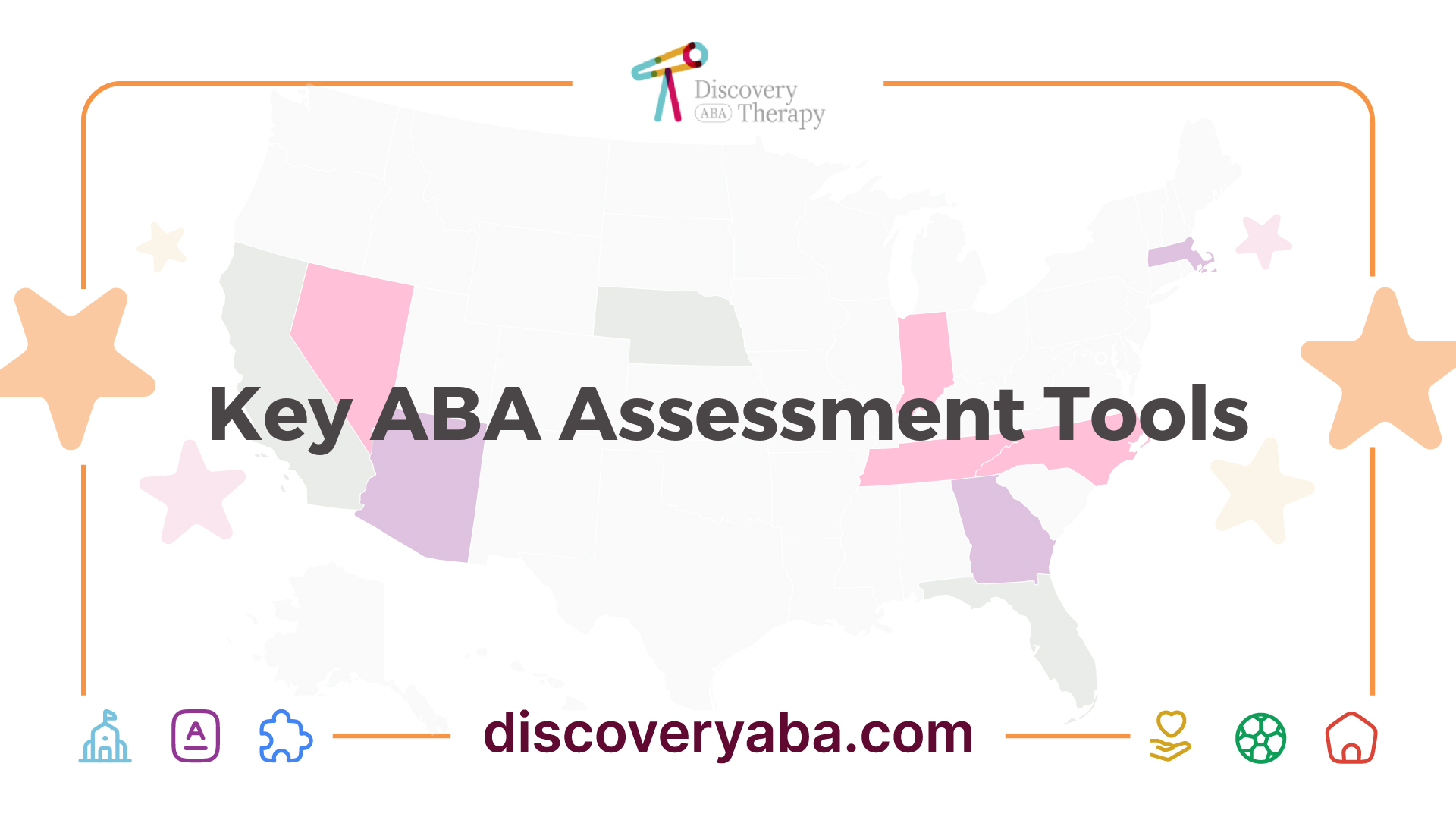
Key ABA Assessment Tools
Assessing progress in ABA therapy is essential for understanding the development of skills in individuals with autism. Several key tools are commonly used to measure different aspects of learning and behavior. Below are three widely recognized assessments: VB-MAPP, ABLLS-R, and PEAK.
VB-MAPP Assessment
The Verbal Behavior Milestones Assessment and Placement Program (VB-MAPP) is a pivotal tool used in ABA therapy. It evaluates language, learning, and social skills across various domains, including manding, tacting, listener responding, social behavior, and play skills. The VB-MAPP includes distinct components such as a Barriers Assessment and a Transition Assessment, which help identify behavioral challenges and benchmark progress in specific skill areas. This tool is particularly beneficial in establishing a developmental age for language skills.
Assessment AreaDomains CoveredLanguage SkillsManding, Tacting, Listener RespondingSocial SkillsSocial behavior and play skillsBehavior ChallengesBarriers AssessmentTransition PlanningTransition Assessment
For more on functional behavior assessments in ABA, visit functional behavior assessments in aba.
ABLLS-R Assessment
The Assessment of Basic Language and Learning Skills - Revised (ABLLS-R) is another essential tool designed to break down language components into smaller, more manageable skills. This assessment identifies areas of strength and potential challenges in both linguistic and functional skills. By offering specific benchmarks, ABLLS-R aids in tailoring program objectives for each individual, ensuring a personalized approach to therapy.
Skill AreaFocusLanguage SkillsBasic linguistic skillsFunctional SkillsPractical and everyday skillsAreas of ImprovementSpecific skills needing further development
To explore different ABA methods, check out aba for school-age children with autism.
PEAK Assessment
Promoting Emergence of Advanced Knowledge (PEAK) assessment is focused on evaluating cognitive and language skills. It provides insights into a learner's strengths and areas for improvement, specifically targeting receptive language, expressive language, conversation skills, and problem-solving abilities. This holistic approach makes PEAK a valuable tool for identifying barriers to learning and informing the direction of therapeutic interventions.
Skill FocusAspects EvaluatedReceptive LanguageUnderstanding and processing languageExpressive LanguageAbility to communicate thoughts and feelingsConversational SkillsInteraction and dialogue with othersProblem-Solving SkillsCritical thinking and reasoning
For additional insights into ABA strategies, consider reading about benefits of aba for play skills in autism.
Using these assessment tools effectively allows parents and caregivers to monitor progress and adapt interventions, reinforcing their essential roles in supporting individuals with autism.
Importance of Data Collection in ABA
Data collection is a critical aspect of Applied Behavior Analysis (ABA) therapy. It serves as the backbone for measuring progress and making informed decisions about treatment strategies for individuals with autism. This section covers the significance of direct observation methods and the concept of data-driven decision-making in ABA therapy.
Direct Observation Methods
Direct observation is a fundamental method for collecting data in ABA therapy. ABA professionals use various techniques, including direct observation, interviews, and reviewing records, to establish a baseline of behaviors and create a comprehensive understanding of the client's needs. Direct observation allows therapists to gather objective data on how an individual behaves in natural settings, providing valuable insights into patterns and triggers.
Here are some common direct observation methods used in ABA:
MethodDescriptionReal-Time ObservationObserving and recording behaviors as they occur during sessions.ABC Data CollectionRecording Antecedents, Behaviors, and Consequences to analyze behavior patterns.Event RecordingCounting the number of times a specific behavior occurs within a given time frame.
This systematic approach helps pinpoint specific behavior changes, which is essential for assessing treatment progress.
Data-Driven Decision Making
Data collection and analysis form the foundation for data-driven decision-making in ABA therapy. Gathering quantitative data allows for a more objective assessment of treatment effectiveness and the ability to evaluate interventions. By regularly measuring and analyzing data, caregivers and therapists can make informed decisions about modifying treatment strategies to enhance outcomes for the individual.
Key components of data-driven decision-making include:
This information is often conveyed through session notes, which should include objective and measurable details about the client's behavior evident during sessions. The practice of writing session notes immediately after sessions ensures accuracy and enhances transparency in reporting.
In summary, data collection and analysis through direct observation methods are essential in ABA therapy. They support effective treatment planning and allow for appropriate adjustments to ensure ongoing progress for individuals with autism. For comprehensive approaches in addressing behaviors, parents can explore various resources like functional behavior assessments in aba and aba for co-occurring conditions in autism.
Tracking Progress in ABA Therapy
Measuring progress in ABA therapy is crucial for parents and caregivers to understand the effectiveness of interventions. Several tools and methods can assist in tracking behavioral development and skill acquisition effectively.
Vineland Adaptive Behavior Scales
The Vineland Adaptive Behavior Scales are commonly employed in ABA therapy to monitor progress. This assessment tool measures how children apply skills learned in therapy to their everyday lives, facilitating age-adjusted comparisons [4]. This provides a comprehensive overview of a child's adaptive functioning, which is essential for identifying strengths and areas needing improvement.
Age RangeCommunication SkillsDaily Living SkillsSocialization Skills0-12 monthsDeveloping soundsRecognition of needsBasic interaction1-3 yearsSimple phrasesFeeding themselvesPlaying with others4-6 yearsFull sentencesGetting dressedSharing and turn-taking7-12 yearsDetailed conversationsManaging hygieneForming friendships
These scales allow therapists to create more personalized treatment plans, ensuring the interventions are tailored to meet the unique needs of each individual with autism.
Behavior-Specific Progress Tracking
Behavior-specific progress tracking focuses on monitoring the development of specific skills targeted in ABA therapy. This method enhances the effectiveness of interventions by ensuring that progress is carefully documented, ultimately allowing therapists to refine treatment plans based on the collected data.
Key components of behavior-specific tracking include:
Using these methods enables therapists to quantify and measure progress significantly, providing a more objective assessment of treatment effectiveness. Regular data collection helps evaluate interventions and inform decisions about modifying treatment strategies as necessary [2].
Incorporating systematic tracking methods like the Vineland Adaptive Behavior Scales alongside behavior-specific techniques contributes to a deeper understanding of a child's developmental trajectory within ABA therapy. This ultimately facilitates tailored interventions that address the specific challenges and needs of individuals with autism. For more insights into optimizing therapy, consider exploring functional behavior assessments in ABA and the benefits of ABA for play skills in autism.
Enhancing ABA Therapy Through Reports
Reports are crucial for measuring progress in ABA therapy, providing essential insights that help guide treatment plans and strategies. Both detailed reports and incident reporting play significant roles in enhancing the effectiveness of therapy sessions.
Role of Detailed Reports
Detailed reports in ABA therapy serve multiple purposes. They ensure regulatory compliance and foster effective client care by meticulously documenting progress over time. By maintaining comprehensive records, therapists can analyze the data and make informed decisions that influence future treatment strategies [5]. Accurate reporting is not only vital for client care but also necessary for securing funding, as legislative mandates in all 50 states require insurance coverage for ABA services, necessitating precise documentation to maintain ongoing treatment.
Key components of a detailed report include:
Report ComponentDescriptionClient ProgressSummarizes advancements toward therapy goals.Behavioral DataCollects quantitative data to guide decision-making.Treatment ModificationsDetails any changes made to the therapy plan.Compliance NotesRecords adherence to treatment protocols.
ABA therapists benefit from leveraging platforms designed for reporting, such as ABA Matrix, which streamlines the recording process, leading to improved client outcomes and adherence to professional standards.
Incident Reporting in ABA
Incident reporting is another essential aspect of documentation in ABA therapy. These reports are utilized to document any significant events or incidents that occur during therapy sessions. Incident reports are crucial for maintaining a protective record for both the client and the professional integrity of the ABA therapists.
Incident Report ComponentDescriptionDate and TimeRecords when the incident occurred.Description of IncidentProvides a clear account of what happened.Staff InvolvedLists which therapists or aides were present during the incident.Follow-Up ActionsOutlines any immediate measures taken to address the incident.
Incident reports not only contribute to the safety and welfare of clients but also assist in improving the effectiveness of therapy by identifying patterns and areas for enhancement. By mastering reporting and documentation, therapists can focus more on delivering quality care while ensuring compliance with necessary regulations and standards [5]. The continuous refinement of reporting practices lays a foundation for successful outcomes in ABA therapy, supporting parents and caregivers in understanding their loved ones' progress.
Utilizing Technology in ABA Therapy
Incorporating technology into ABA therapy has transformed the way progress is measured and documented. Efficient tools not only enhance efficiency but significantly improve the quality of therapy outcomes.
Benefits of Electronic Data Collection
Electronic data collection offers numerous advantages for therapists implementing ABA strategies. One of the primary benefits is the ability to maintain accurate and up-to-date reporting and documentation. Platforms like ABA Matrix help streamline these processes, leading to improved client outcomes and adherence to professional standards [5].
Additionally, electronic systems facilitate more effective tracking of a client's progress through integrated software solutions. For instance, Catalyst’s Electronic Data Collection Software provides a user-friendly platform for creating precise session notes, ensuring accurate documentation during therapy sessions [3].
Utilizing technology for documentation allows therapists to focus on delivering quality care while reducing administrative burdens. This translates to more meaningful interactions between therapists and clients.
BenefitDescriptionImproved AccuracyReduces errors commonly found in manual data entry.Time EfficiencyStreamlines documentation processes, allowing therapists to dedicate more time to clients.Easily AccessibleData can be accessed and analyzed in real time, making it easier to adjust therapy as needed.Enhanced CommunicationOffers better information sharing among therapists, caregivers, and parents.
Streamlining ABA Documentation Processes
Technology plays a vital role in simplifying documentation processes in ABA therapy. The SOAP note format, commonly used within medical and mental health settings, provides a structured framework for documenting therapy sessions. This format includes sections for subjective reports, objective observations, assessments, and planning [3].
Implementing electronic tools allows therapists to generate SOAP notes and other reports more efficiently. Using standardized templates ensures consistency and clarity across documentation, making it easier for team members to interpret data and maintain continuity of care.
Improved documentation processes also create a foundation for data-driven decision-making. By accurately tracking progress and outcomes, therapists can refine their approaches, customize interventions, and adjust therapy as necessary.
FeatureDescriptionStructured NotesEnsures documentation is thorough and easy to follow.Consistent FormatPromotes uniformity across various client records.Quick Data EntrySaves time on writing and formatting notes.Integration CapabilitiesConnects with other systems for a comprehensive view of the therapy process.
By embracing technology in ABA therapy, parents and caregivers of individuals with autism can rest assured that the data is both accurate and actionable, ultimately enhancing the effectiveness of the therapy they receive. For more insights, visit our articles on functional behavior assessments in ABA and ABA for school-age children with autism.
References
[2]:
[3]:
[4]:
[5]:
Find More Articles
Contact us
North Carolina, Tennessee, Nevada, New Jersey, Utah, Virginia
New Hampshire, Maine
Massachusetts, Indiana, Arizona, Georgia
.avif)









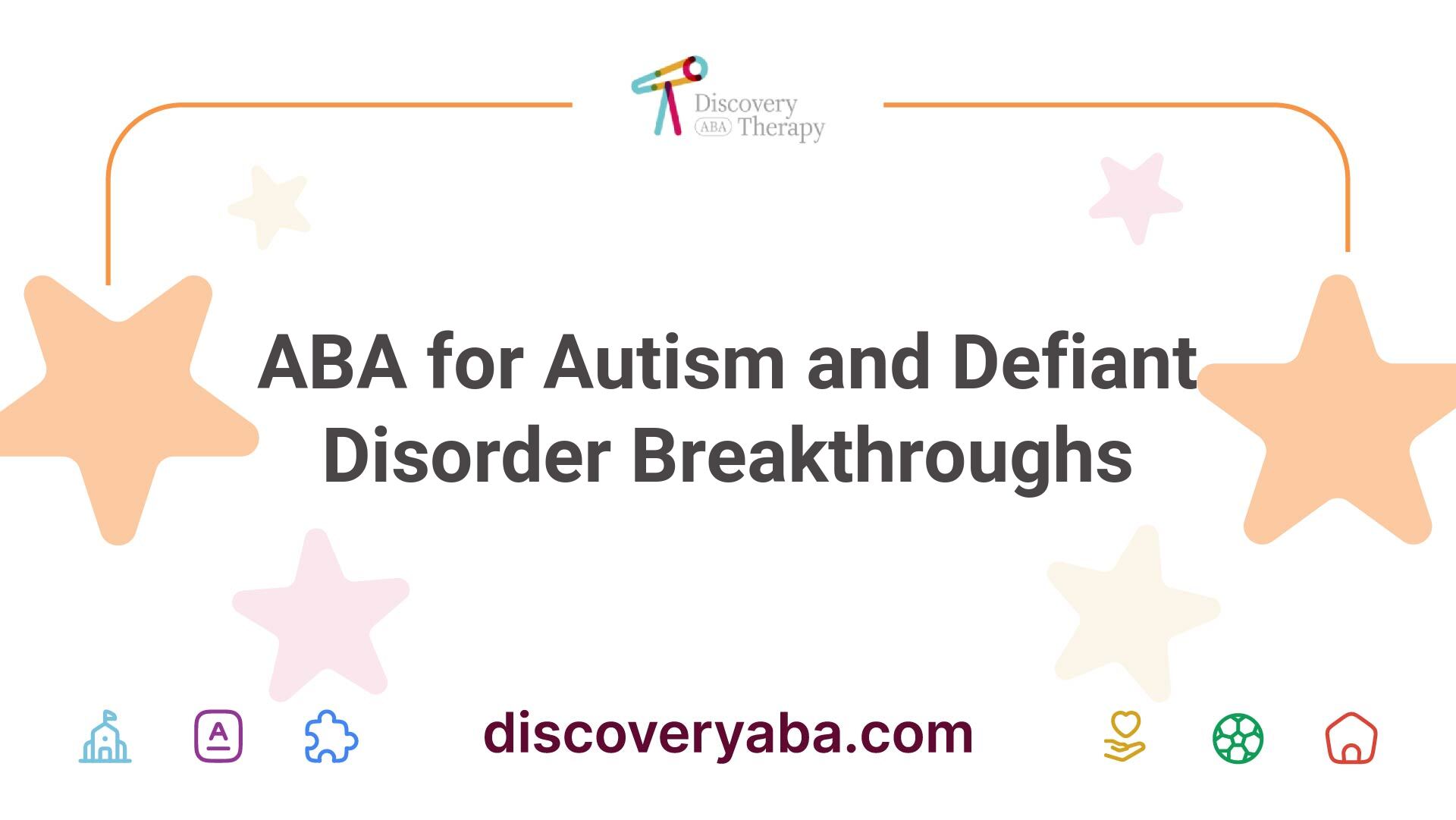







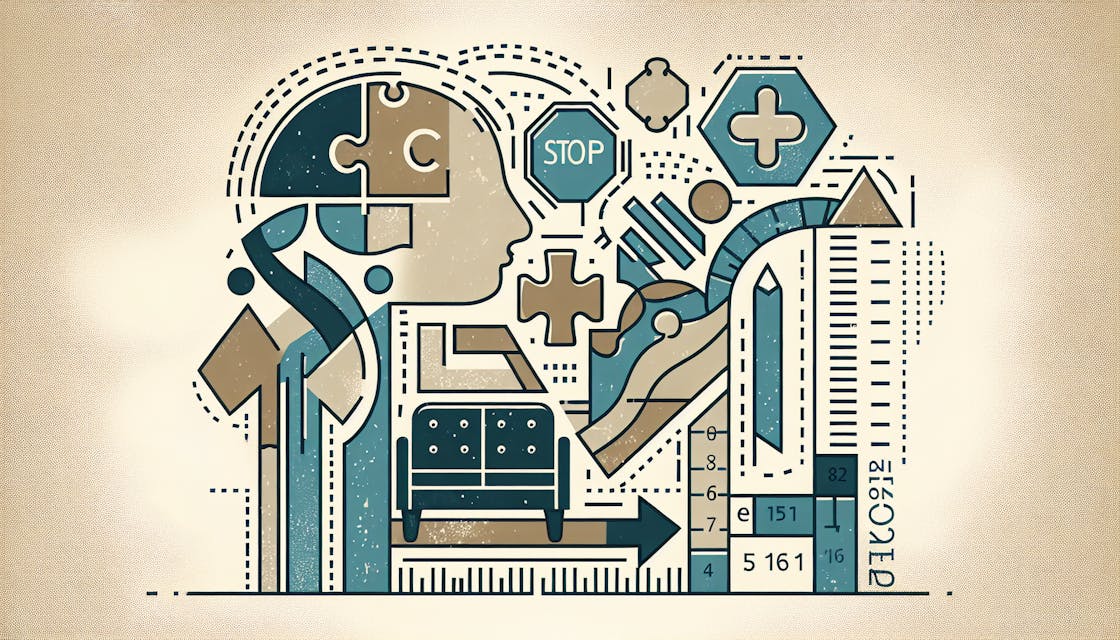




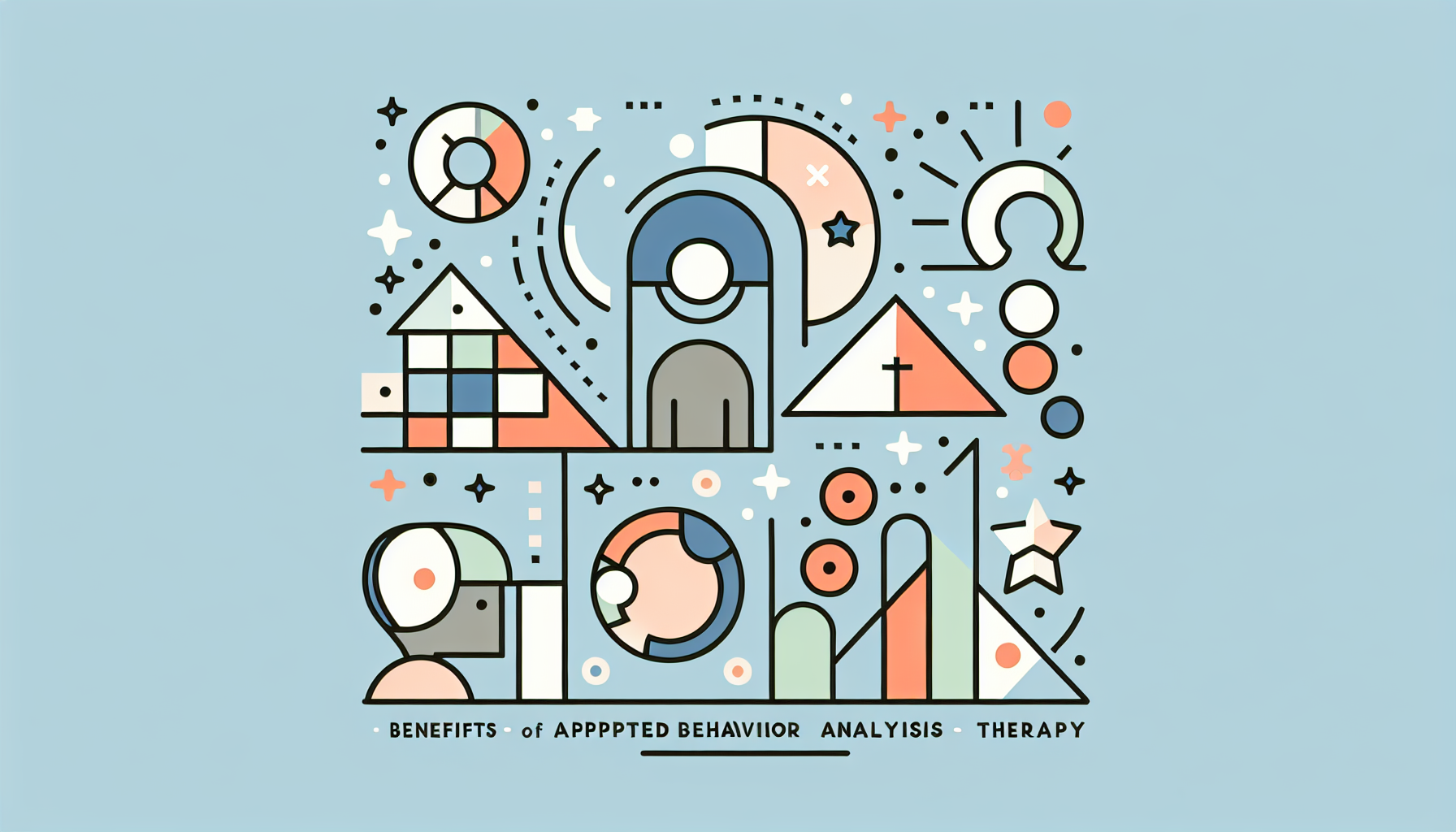






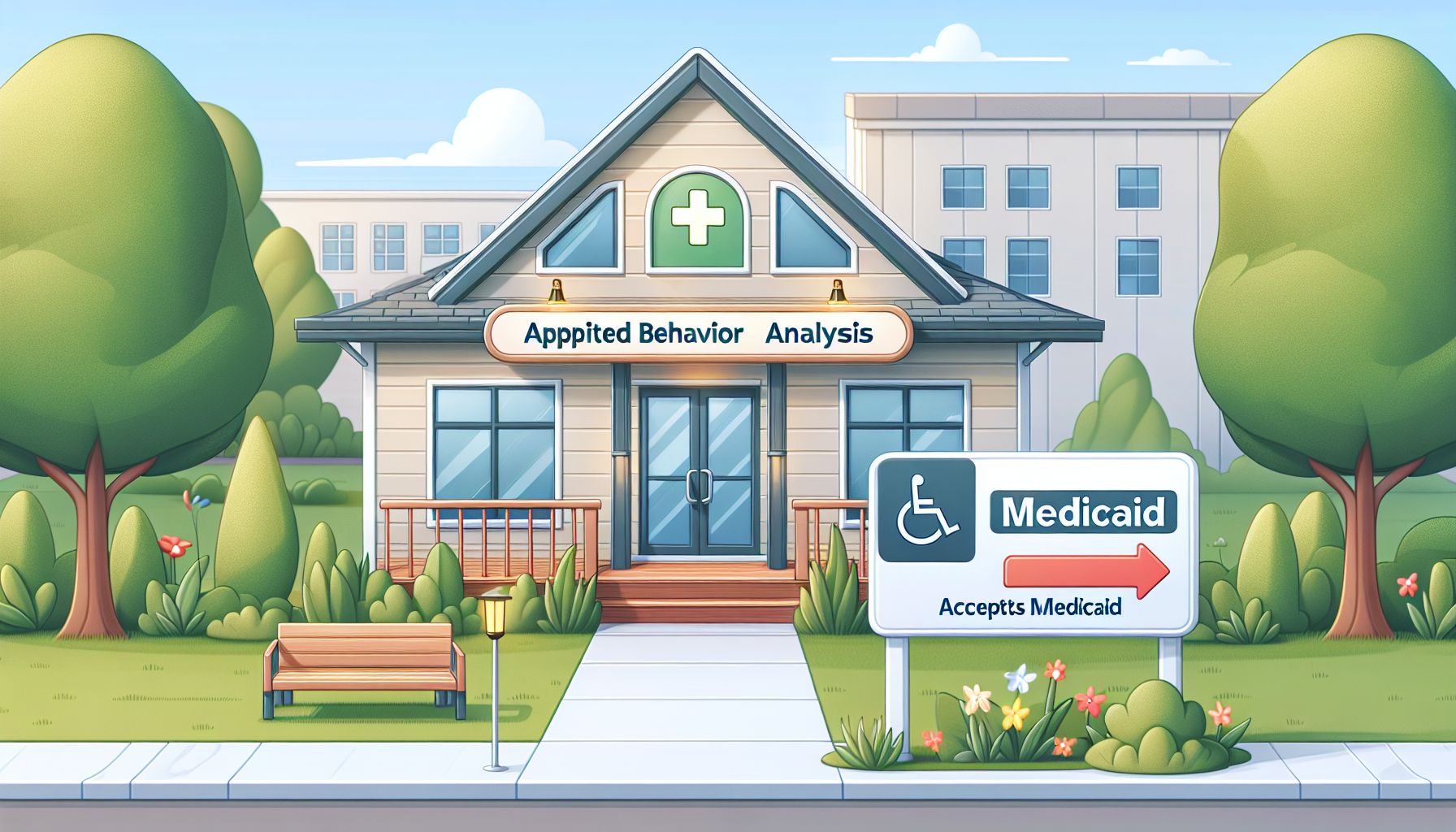




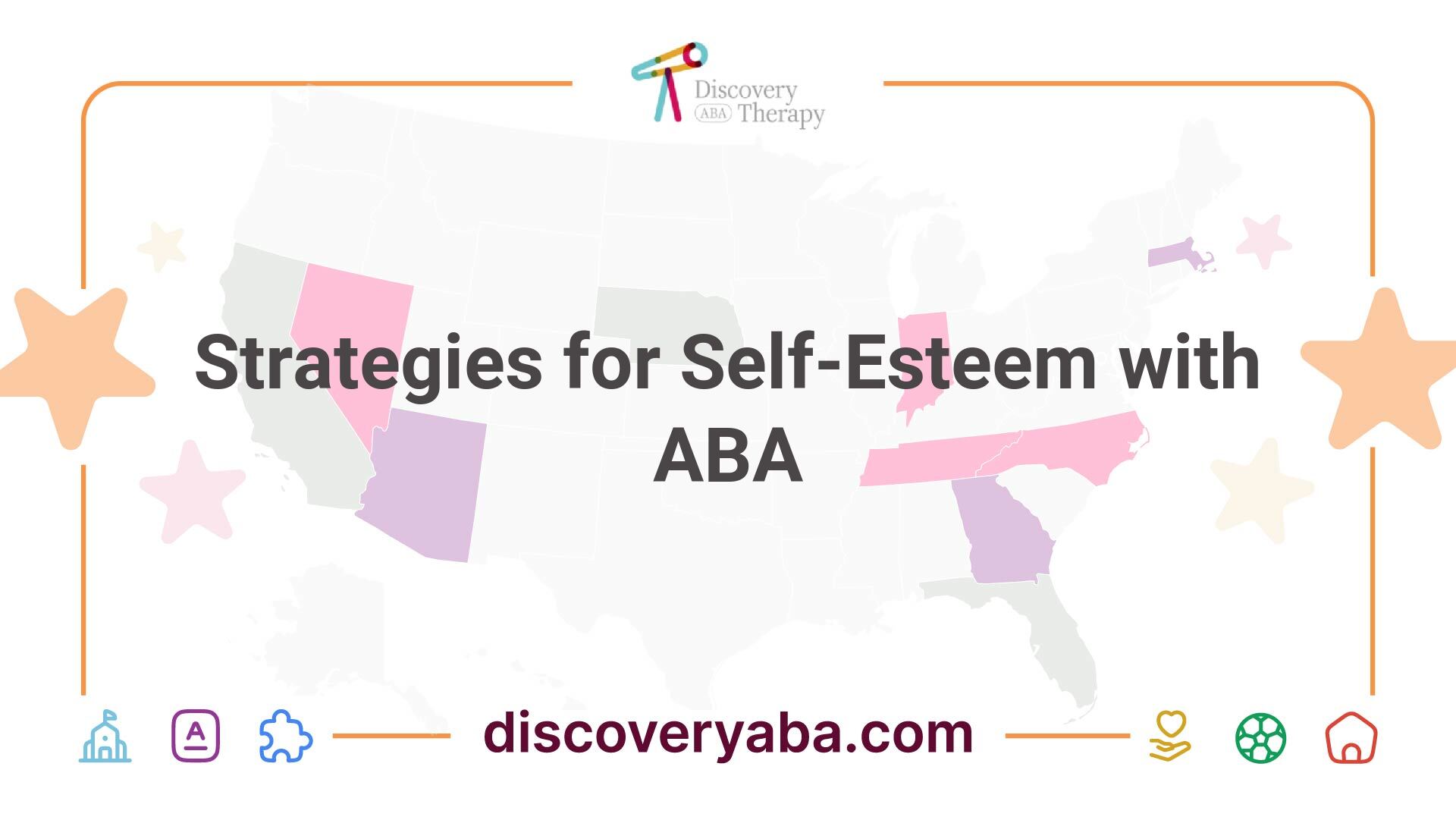




.jpeg)
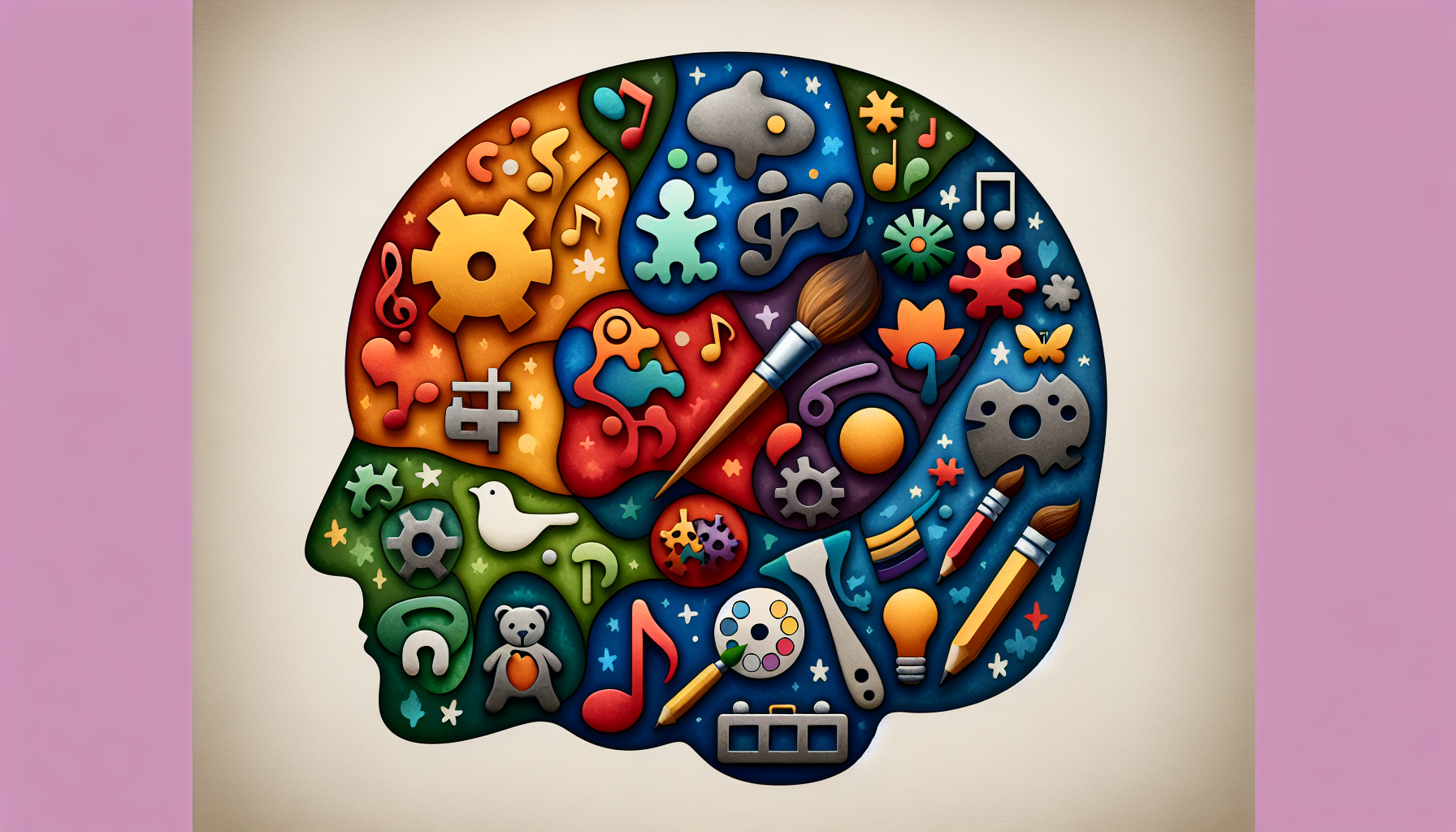






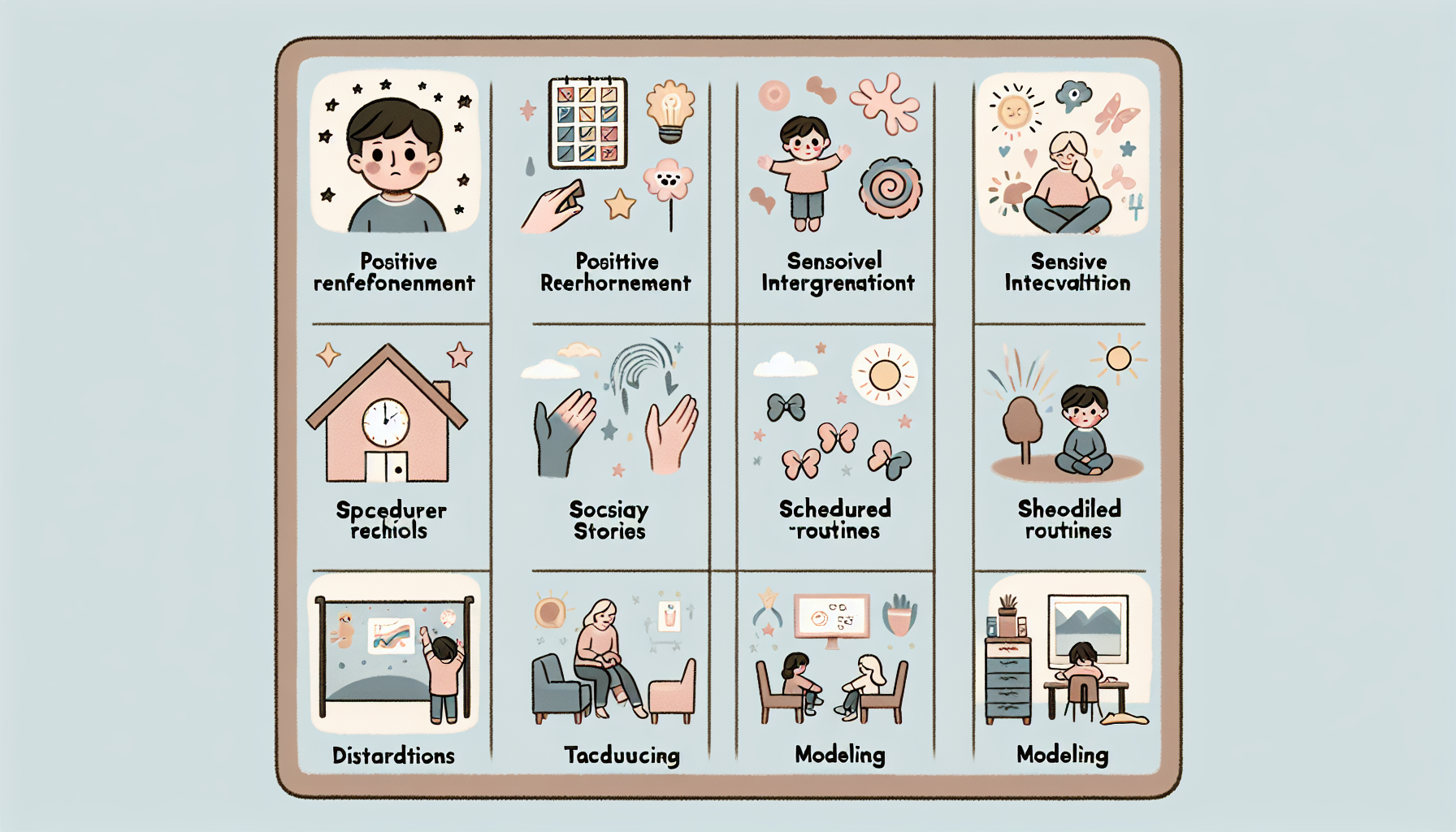

.jpeg)
.jpeg)

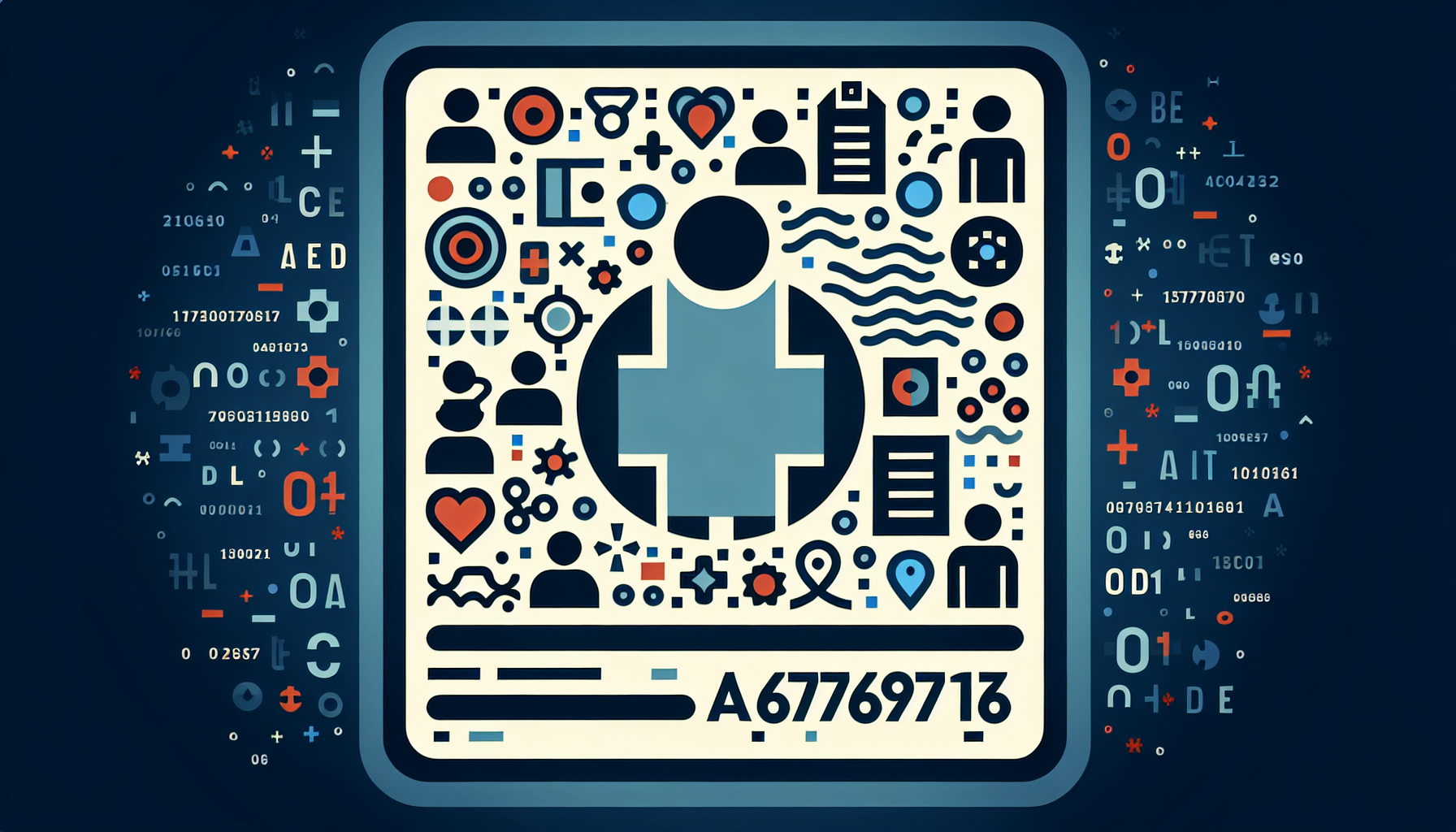

.jpeg)




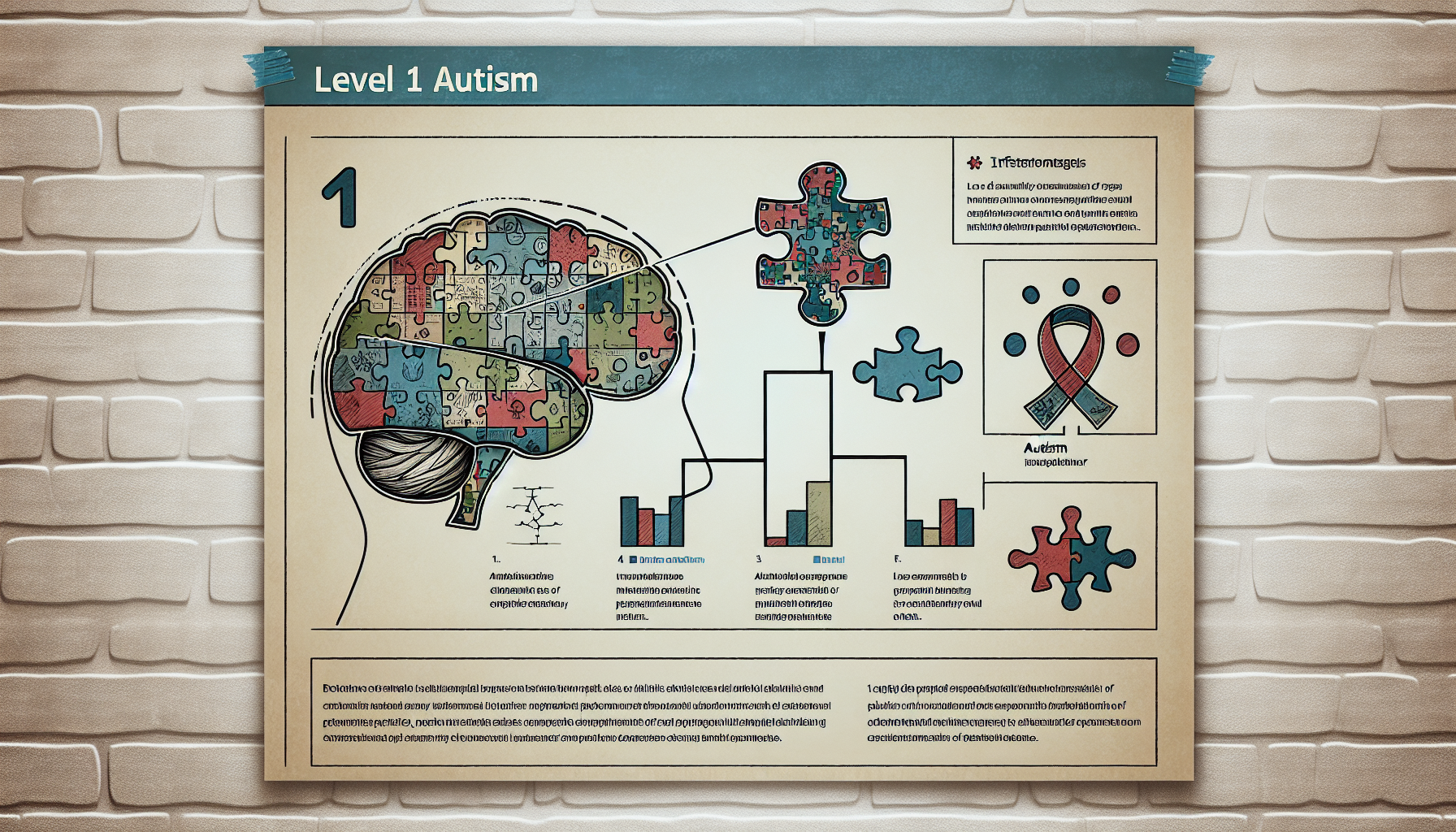











.jpeg)
.jpeg)



.jpeg)
.jpeg)
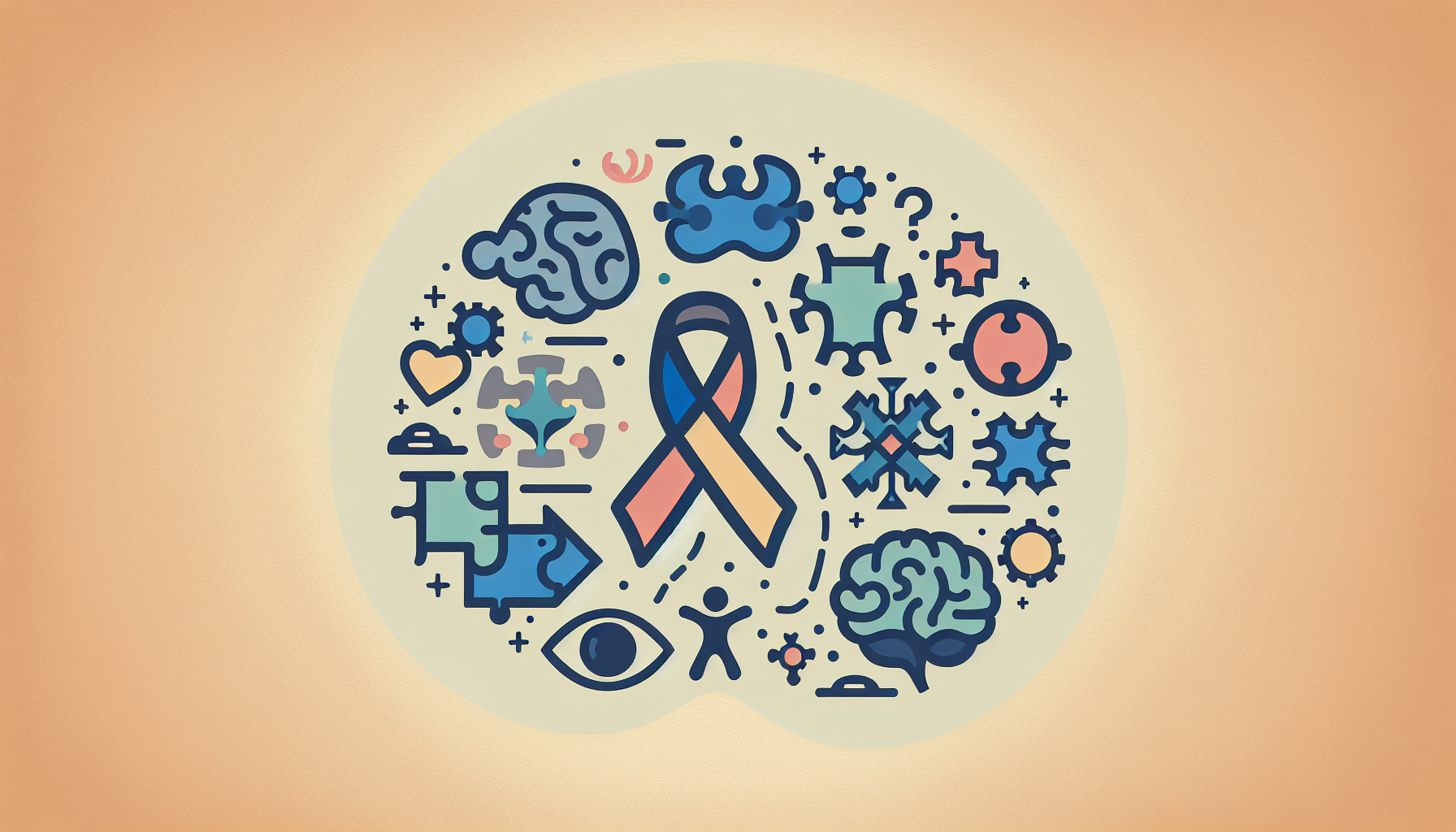






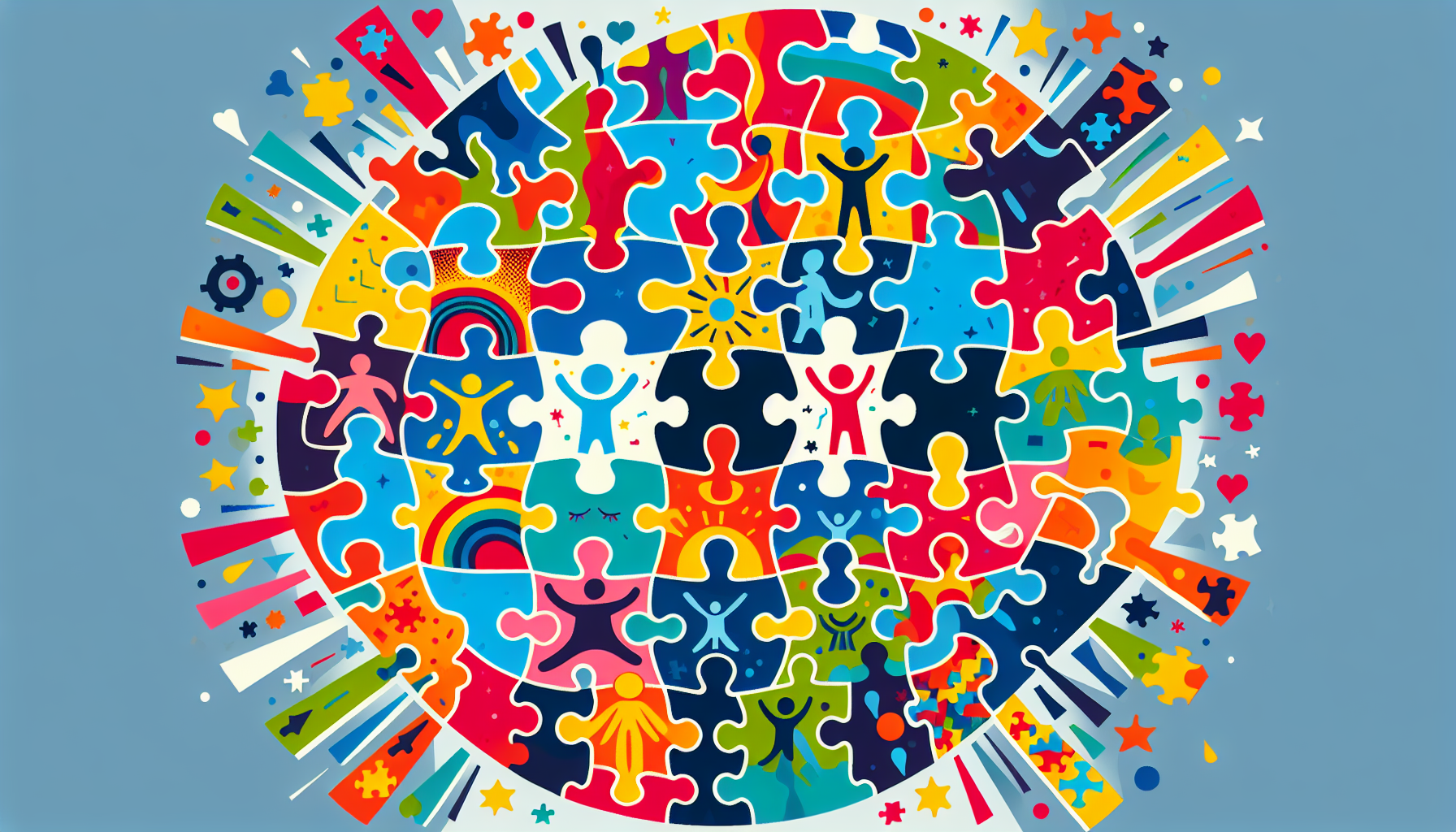



.jpeg)



.jpeg)



.jpeg)
